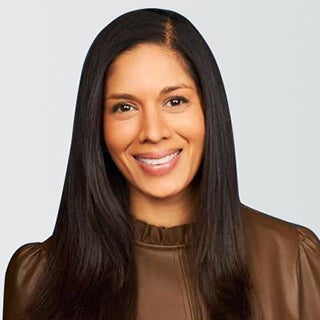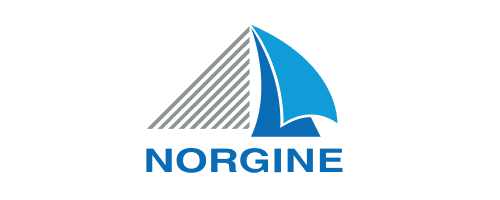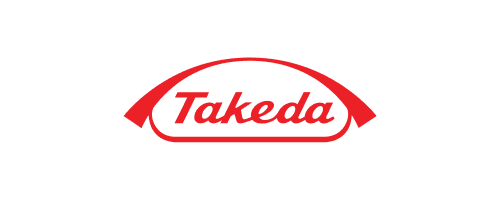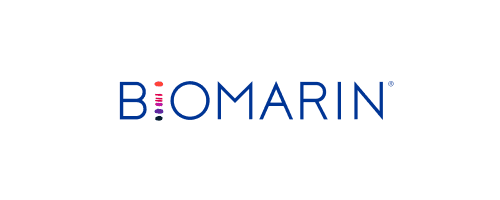Exact Sciences: How to Improve the
Material Review and Approval Process
Chris Larsen is the director of Commercial Services at Exact Sciences.
An efficient medical, legal, and regulatory (MLR) review process is a key step in creating meaningful content with speed and scale. Chris Larsen was recruited to the molecular diagnostics company Exact Sciences to improve its process. She recently spoke with Pooja Lal, Veeva’s vice president of commercial content, about how she changed technology and review roles and, just as importantly, the company culture around MLR.


1. What was one of the biggest changes you implemented to improve the review and approval process at Exact Sciences?
Exact Sciences was using different technologies for MLR review in different business units, including Veeva Vault PromoMats, but there was no enterprise solution and no integrations. When I came here in September 2020, I saw that there was an opportunity to simplify and optimize the process. I wanted to assess everything that we were doing in MLR review, from who touches the content to how it gets from system to system, to satisfy all use cases. Gathering all this information enabled me to ask my new colleagues, “Have you considered another way to work?”
Then I went out to bid because I wanted to see what vendors were out there. I’ve had a lot of history working with Veeva, but I wanted to make sure that I was considering all of our options. In the end, I chose Vault PromoMats because it met all our requirements, and is a solution that will scale as the business grows.
2. How did you roll out the new process?
We had three different business units, two domestic and one international. As the core team built workstreams, it became clear that there were competing priorities. We created separate implementation schedules, because I didn’t want to hold back domestic any longer than I needed to and I didn’t want to push international out of their comfort zone.
Domestic went live about six or seven weeks before international did, and during that time we actually made some changes to things that we hadn’t seen in the sandbox. We identified gaps, refined our approach, and improved the process. We had to continue to hone in on what was needed so that we were meeting or exceeding expectations.
3. What are your tips for altering roles and changing your operating model?
We didn’t just look at the technology infrastructure. We also looked at the who and the why, and we had very significant role shifts.
In the past, we didn’t have a project manager dedicated to shepherding MLR review; senior vice presidents were doing it. We didn’t have anyone dedicated to getting the content into Vault PromoMats. Now we have content team members who own the materials from beginning to expiration. We built review teams and we are starting to stand up governance.
When I talked to the leaders who were doing reviews, they said “we have to do it.” And I said, “Imagine if you can teach others in your team what you look for. That’s a gift of teaching, coaching, and training downstream. But it’s also broadening, having MLR review go from one person to multiple people.” It’s taken months to get there, but I’m happy to say that we have very few senior senior leaders who still do MLR review because they’ve gotten to the point of trust.
So my tip for reviewers is to decide what the showstoppers are in your functional area. Then teach and coach, and build dedicated review teams to look for that.
4. As you staff up your team, what skills are you looking for?
I’ve just expanded my team of project managers, coordinators, and editors, and I’m looking for somebody to lead the team. I’ve been very blessed to have gotten people from within the industry who have experience doing MLR and others who are brand new to it. With the newcomers, I looked for people who understood the value of the process. I felt like I could teach a project manager or coordinator to understand what we are looking for and how to work as a team.
5. Where is Exact Sciences with adopting modular content?
We are priming for modular content but we can’t get to that from where we were in one jump. We first had to set up a strong foundation that would serve us now and as we scale in the future. We had to get to neutral: one system with one policy and one way of working. We needed to get all of our source files and put them into the system because we can’t modularize without them. It will also make it easier when we deploy content to our CRM or other integrated systems.
But the real question is, can we get the right content to the right audience at the right time? When we’re developing content can we start with core claims? Can we use anchoring? Can we do things that make subsequent reviews more efficient? There’s a lot of manual work that shouldn’t be done because it’s introducing risk.
6. How are you getting your agency partners to embrace modular content?
I started at neutral, by asking what they needed from us to be a great content partner. How can we help our agencies be more planful and share with us? Do they have the technology, the training, and the support it needs to be in Veeva PromoMats? If not, let me help. When you create that relationship early, they know that they have a partner. They know they can call my staff at any time for whatever help they need. That’s starting to catapult the value that the agency has. You have to ease your way in and find where you can build that relationship.
To learn more about how Chris Larsen approaches change management, read her blog post.



